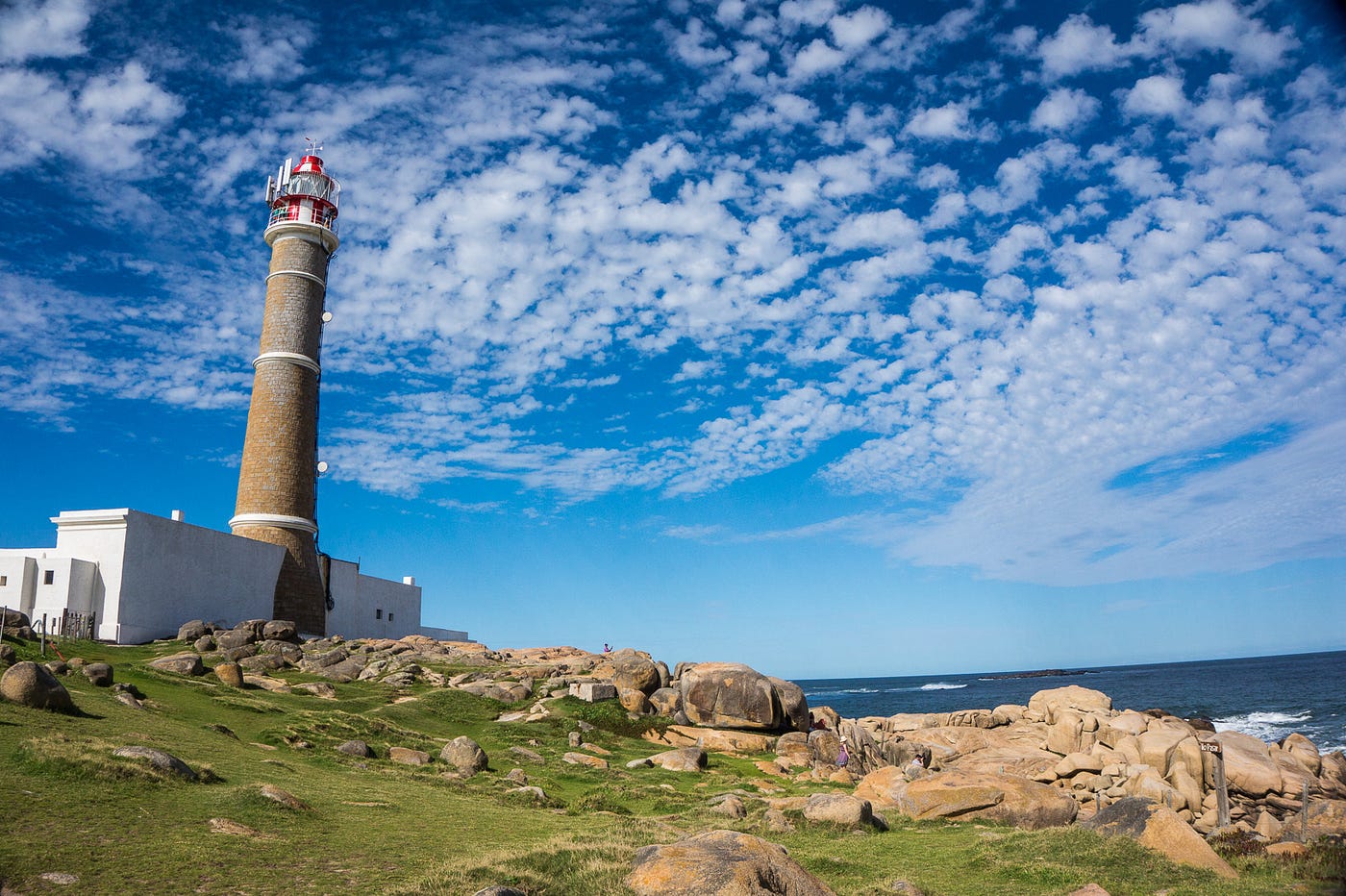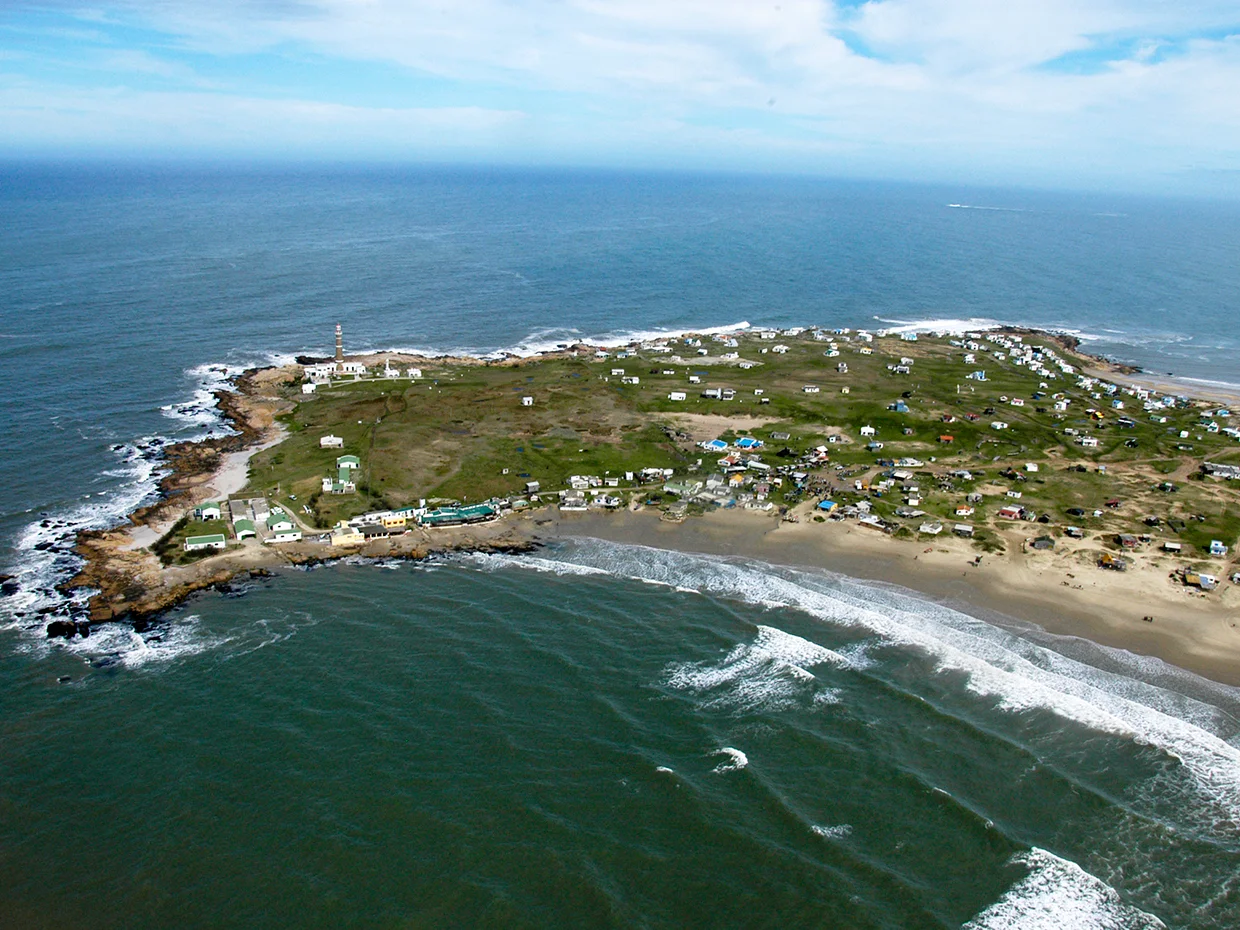



abo Polonio is a hamlet located in the eastern coast of Uruguay in the Rocha Department. Cabo Polonio has no roads leading to it and is located about 7 km from the main highway. It is accessible by walking through the dunes or by 4×4 vehicles. Wikipedia
December to March (Summer) – Best for beach weather, village life, and full access to services.
October–November / April – Quieter but still pleasant, great for hiking and sunsets.
May to September (Winter) – Very peaceful, but chilly and many services are closed.
Travel to "Puerta del Polonio" — the park entrance, about 264 km east of Montevideo.
Leave your car or exit the bus here — no private vehicles allowed inside.
Board a park-authorized 4x4 truck (runs daily) that takes you 7 km through dunes and forest.
Optionally, hike or go horseback through the dunes (takes ~2–3 hours).
Playa Sur – Calm, scenic beach near the village; perfect for swimming and sunsets.
Playa Norte – Wider and windier, better for surfing and solitude.
Faro de Cabo Polonio – 1881 lighthouse with panoramic ocean and dune views.
Sea Lion Reserve – Watch and hear sea lions lounging on offshore rocks near the lighthouse.
Giant Sand Dunes – Surround the village and are perfect for sunrise walks or sandboarding.
Shipwreck sites & Valizas trail – Great for hiking and nature exploration.
Relax completely – Cabo is all about slowing down and reconnecting.
Watch the stars – With no light pollution, the night sky is breathtaking.
Surf or take a dip – Rentals available in summer; Playa Norte is for surfers.
Sunsets & sunrises – Especially from dunes or the lighthouse cliffs.
Hike to Barra de Valizas – ~8 km across epic dunes and coastline.
Join locals in campfires and acoustic music nights – especially in peak season.
Eco-hostels & cabins – Rustic, candle-lit stays powered by solar or generators.
Expect basic rooms, shared bathrooms, and chilled atmospheres.
Camping – Informal and eco-sensitive spaces near the beach.
Book ahead in summer, as lodging fills fast and choices are limited.
Simple, creative meals at small restaurants and home kitchens.
Fresh seafood, homemade bread, pastas, empanadas, vegetarian options.
No supermarkets — just tiny grocery shacks with limited supplies.
Most spots are cash only, and Wi-Fi is rare or nonexistent.
A bohemian mix of fishermen, artisans, backpackers, and eco-dwellers.
No streetlights, asphalt, or big resorts — just sand paths and rustic homes.
People live in sync with the tides, the stars, and the sun.
Music, mate sharing, and storytelling are part of daily life.